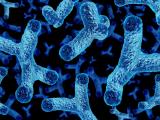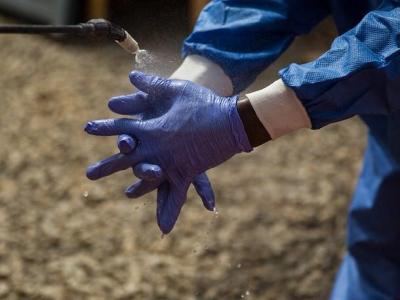The US Food and Drug Administration (FDA) yesterday finalized a rule that bans marketing of over-the-counter healthcare antiseptics containing triclosan and 23 other active antimicrobial agents. But six other active ingredients are getting a temporary pass.
The rule, first proposed in 2015, was issued by the FDA after the agency found that the ingredients were not generally recognized as safe and effective for use in the type of antiseptic products commonly used in healthcare settings, such as hand washes, rubs, and patient antiseptic skin preparations. The agency finalized the rule because no additional safety and effectiveness data were provided by the companies that manufacture the products.
Going forward, over-the-counter healthcare antiseptic products containing one or more of the 24 active ingredients will be considered a new drug and will have to undergo pre-market review. Manufacturers will have 1 year to comply with the rule by either reformulating their products or removing them from the market. But since triclosan is the only 1 of the 24 active ingredients currently being used in any over-the-counter healthcare antiseptic products, most currently marketed products will not be affected by the rule, the FDA said.
"Ensuring the safety and effectiveness of over-the-counter health care antiseptics has been a priority for the FDA, not only because these products are an important component of infection control strategies in health care settings, but also because of the role these products may play in contributing to antimicrobial resistance if they're not manufactured or used appropriately," FDA Commissioner Scott Gottlieb, MD, said in a news release.
The six active ingredients most commonly used in currently marketed healthcare antiseptic are ethanol, isopropyl alcohol, povidine-iodine, benzalkonium chloride, benzethonium chloride, and chloroxylenol. In response to requests from industry, the agency said manufacturers of products containing these ingredients will have a year to complete the scientific studies needed to fill the data gaps.
Gottlieb said the FDA expects that this information "may help better inform us on antiseptic resistance and antibiotic cross-resistance in the health care setting."
Concerns about safety, efficacy
The rule is the latest step in the FDA's ongoing review of antiseptic active ingredients commonly found in antibacterial products both in homes and healthcare settings.
The review was prompted in part by research showing that triclosan and triclocarban—the most commonly used active ingredients—are environmentally persistent endocrine disruptors that have been associated with reproductive and developmental harm in lab animals. Research has also shown that widespread use of antiseptics containing these ingredients may contribute to the development of antibiotic resistance.
In 2013, the FDA proposed a rule that required the companies that make consumer antibacterial products to show that those products are safe for long-term use and more effective than soap and water in preventing illness and the spread of infections.
Because the necessary data weren't provided, the FDA ruled in September 2016 that over-the-counter consumer antiseptic soaps and body washes containing triclosan, triclocarban, and 19 other active ingredients could no longer be marketed. That rule did not apply to hand sanitizing gels or wipes, or to products used in healthcare settings.
See also:
Dec 19 FDA news release
Sep 2, 2016, CIDRAP News story "FDA: No antimicrobial agents in over-the-counter soap"






















